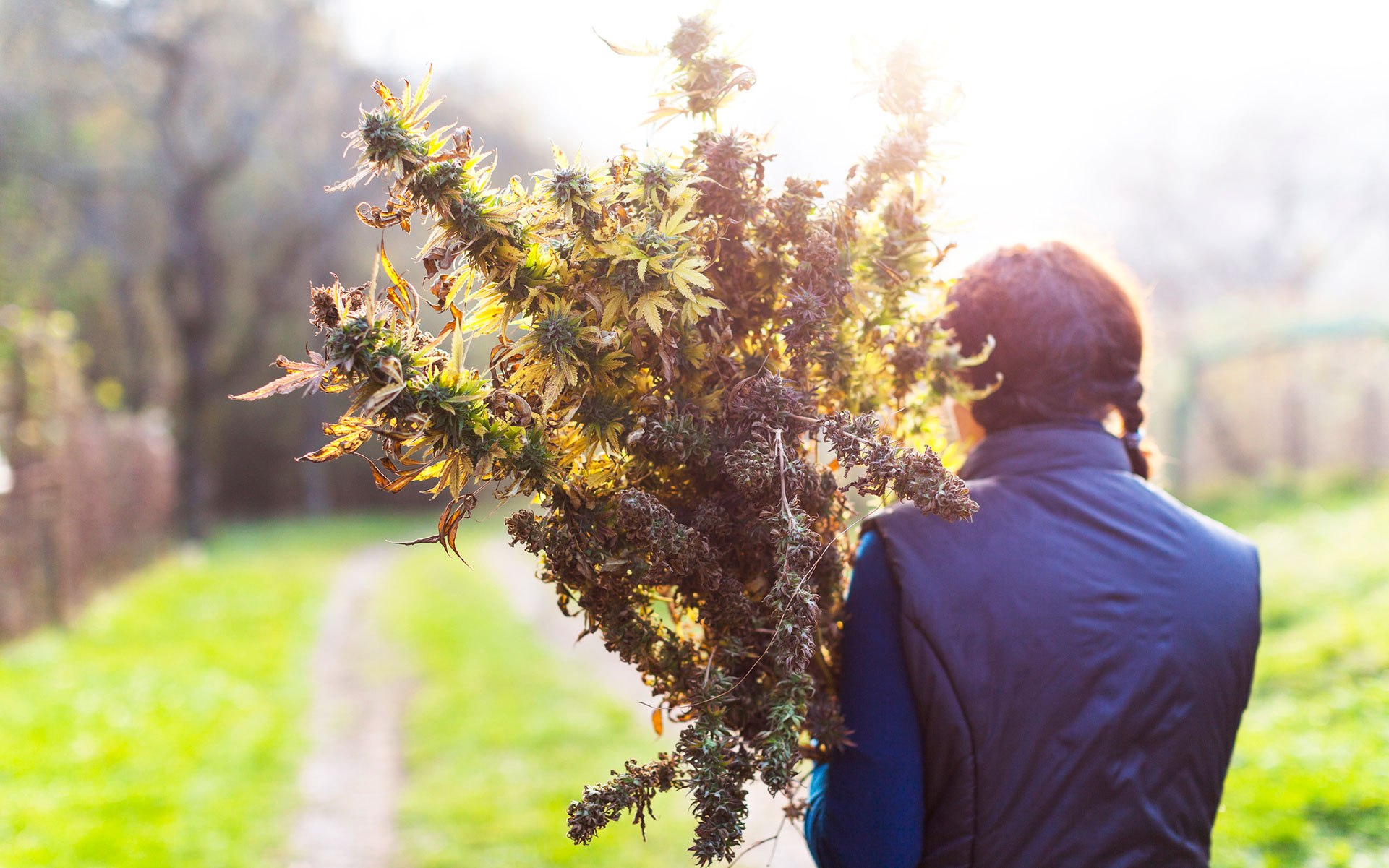
Cannabis fans are rejoicing across North America this month, and it’s not just because they have the perfect Halloween costume.
It’s #Croptober!
But it’s more than just a social media hashtag. Every year, at this time, the annual outdoor cannabis crop comes in. Just like wine, millions of pounds of buds have ripened in the fall fields. Farmers were up at dawn today cutting, drying, curing and trimming for the market.
By Christmas, a cannabis bumper crop causes prices to collapse on store menus, and all our bowls runneth over.
Peep some dispensary menus nearby.
Cannabis Flowering Facts
As legalization sweeps the nation, more adults can legally grow cannabis than ever. But most know little about how the bud makes it to their stash jar.
- Cannabis grows as an annual plant, growing from a single seed into a 15-foot-tall tree in the span of 10 months.
- The shortening days of summer’s end trigger the production of resinous flower buds.
- Unfertilized female cannabis plants are the most potent; buds can end up 30% THC, cannabis’ main active ingredient, by dry weight.
- The THC, CBD, and other cannabinoids in the flowers come with a mix of aroma molecules called terpenes that shape the strain’s perceived effects.
Jerry Munn, First Cut Farms
“Croptober means smoking joints of fresh, sticky, resinous flowers and having resin stuck to our fingers and noses,” said grower Jerry Munn, of First Cut Farms in Mendocino County. “The smells and flavors of new hybrids are at their peak and bring on a whole new terpene experience. It’s a month of aromatherapy. The terpenes are healing, beneficial, and restorative to one’s spirit and soul.”
“Seasonal farming is how cannabis is produced in much of the Emerald Triangle,” explains Amanda Reiman, Vice President of Community Relations at Flow Kana, a leading California seller of outdoor cannabis. “Cannabis is an annual plant that is harvested once a year, usually late September through early November. The leaves on the cannabis plant change with the seasons like the leaves on the grapevine—some reds, purples and yellows. Here in Mendocino, October air smells skunky and every other truck on the highway is towing a small U-Haul.”

